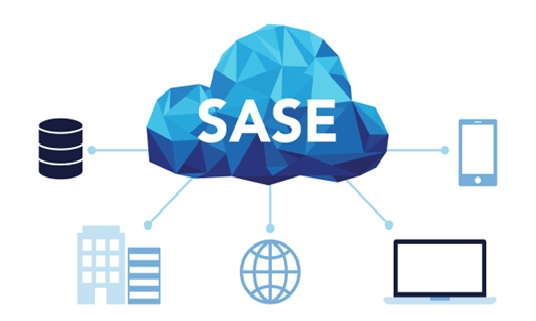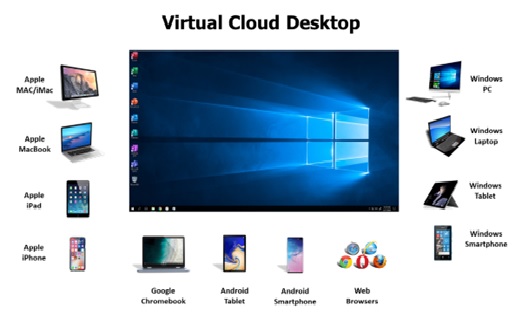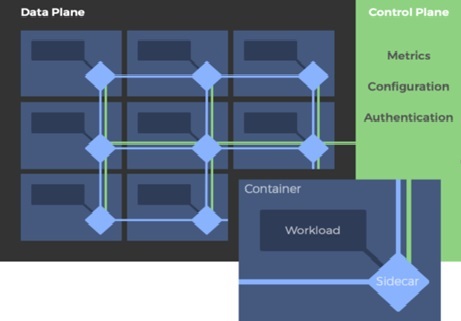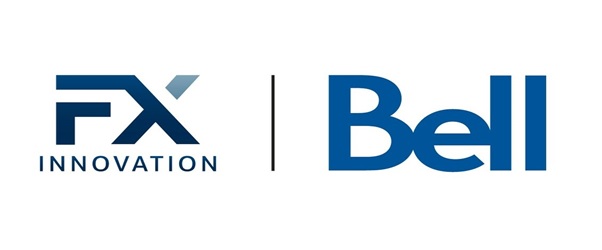Network as a Service (NaaS)
Network-as-a-service (NaaS) is a cloud service model in which customers rent networking services from cloud providers. NaaS allows customers to operate their own networks without maintaining their own networking infrastructure. Like other cloud services, NaaS vendors run networking functions using software, essentially allowing companies to set up their own networks entirely without hardware. All they need is Internet connectivity.
NaaS can replace virtual private networks (VPNs), multiprotocol label switching (MPLS) connections, or other legacy network configurations. It can also replace on-premise networking hardware such as firewall appliances and load balancers. A newer model for routing traffic and applying security policies, NaaS has had a major impact on enterprise networking architecture.

Figure 1. Network as a Service (NaaS)
Network as a Service (NaaS) is shown in Figure 1. NaaS is a cloud model that enables users to easily operate the network and achieve the outcomes they expect from it without owning, building, or maintaining their own infrastructure.
NaaS can replace hardware-centric VPNs, load balancers, firewall appliances, and Multiprotocol Label Switching (MPLS) connections. Users can scale up and down as demand changes, rapidly deploy services, and eliminate hardware costs.
NaaS Benefits:
- Independence: Each customer is independent and can segregate the network.
- Bursting: The customer pays for high-capacity network only on requirement.
- Resilience: The reliability treatments are available, which can be applied for critical applications.
- Analytics: The data protection solutions are available, which can be applied for highly sensitive applications.
- Ease of Adding New Service Elements: It is very easy to integrate new service elements to the network.
- Support Models: A number of support models are available to reduce operation cost.
- Isolation of Customer Traffic: The customer traffic is logically isolated.
How NaaS is delivered?
To use NaaS model, the customer is required to logon to the web portal, where he can get online API. Here, the customer can customize the route.
In turn, customer has to pay for the capacity used. It is also possible to turn off the capacity at any time.
What are the challenges of NaaS?
- Compatibility: The NaaS vendor's infrastructure may not be compatible with legacy systems that are still in place — older hardware, on-premise-based applications, etc.
- Legacy data centers: In many enterprises, important applications and processes still run in on-premise data centers, not the cloud. This makes migration to a NaaS model slightly more challenging (although services such as Cloudflare Network Interconnect can help overcome this challenge).
- Vendor lock-in: Moving to a cloud service always introduces the risk that an enterprise may become too reliant on that particular service provider. If the service provider's infrastructure fails or if they raise their prices, vendor lock-in can have major repercussions.
References:
- https://www.cloudflare.com/learning/network-layer/network-as-a-service-naas/
- https://www.cisco.com/c/en/us/solutions/enterprise-networks/network-as-service-naas.html
- https://www.tutorialspoint.com/cloud_computing/cloud_computing_network_as_a_service.htm
Cite this article:
Gokula Nandhini K (2023), Network as a Service (NaaS), AnaTechMaz, pp.83















